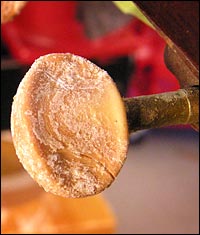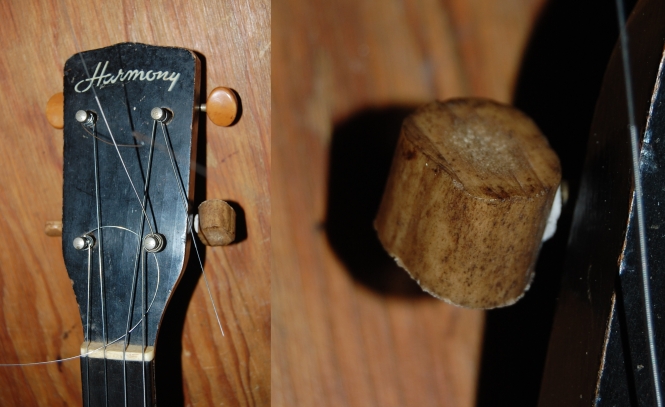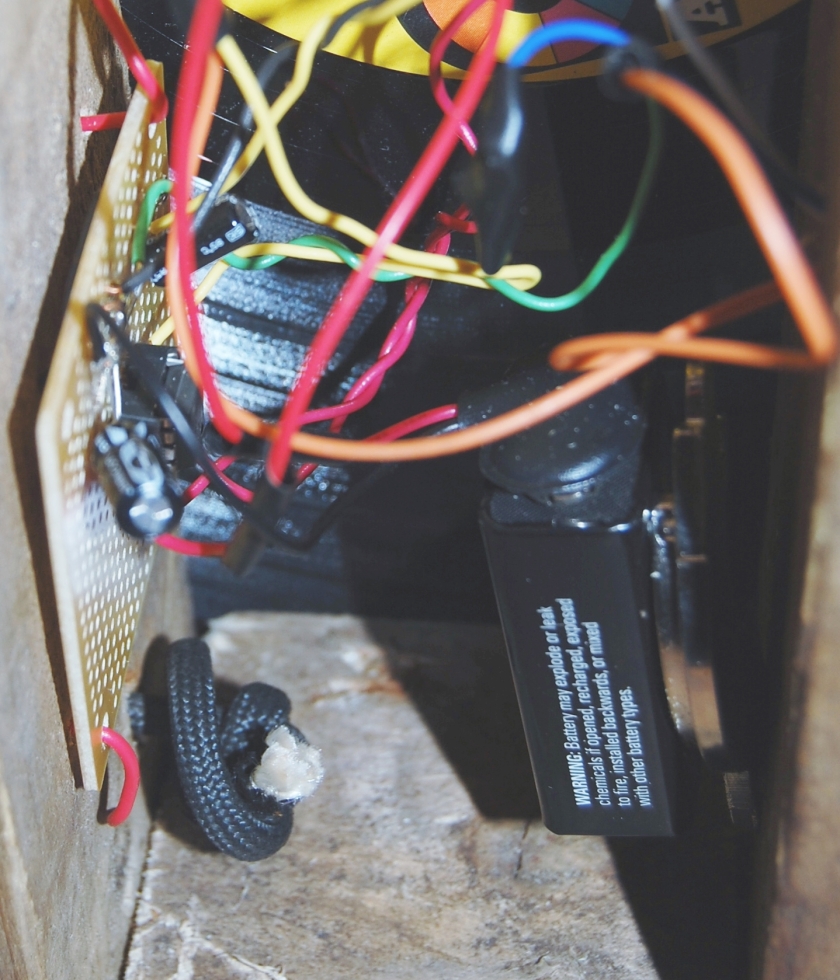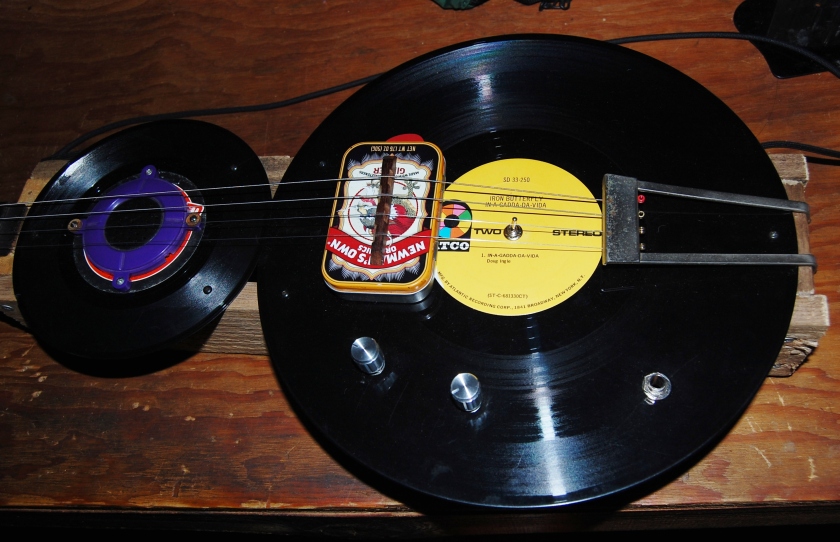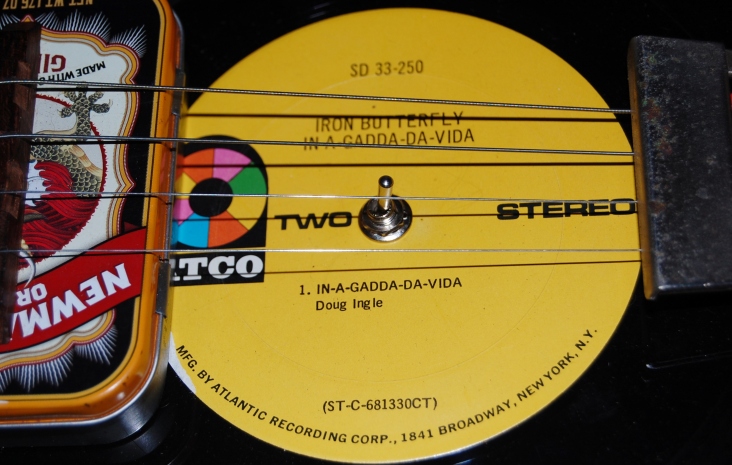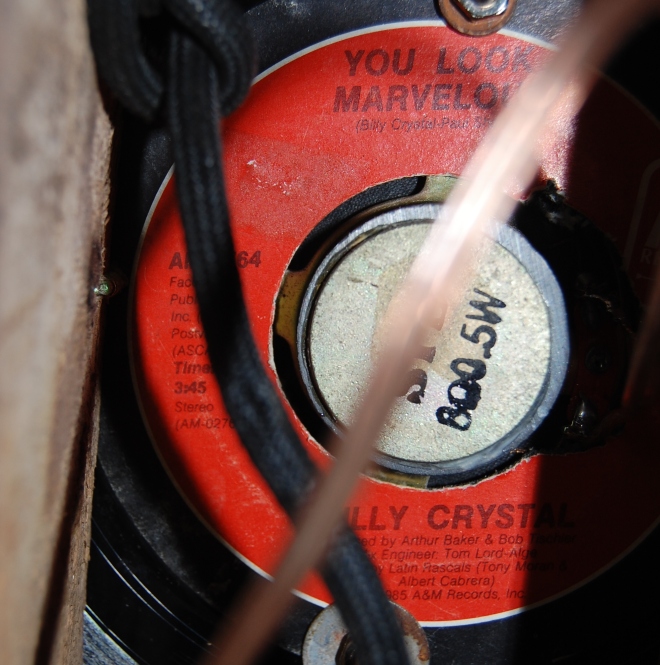
When you see something you know is wrong, sometimes you have to say something about it. Here’s a letter I wrote recently, and another that I encourage you to write as well.

To the good folks at Sweetwater Musical Instruments and Pro Audio,
I am deeply offended, upset and disturbed by an image that appeared on the cover of the most recent edition of “SweetNotes” supplemental circular. I’ve been a customer of yours for years, and I always appreciate receiving your catalogs in the mail, but the image I saw on the cover of SweetNotes shocked me to my core.

Who thought this was a good idea? What possessed them to do such a thing? How dare you put it on the cover of your publication where anyone could see it, including innocent children, who have no idea what they are looking at. A Stratocaster with an F-hole!?!?

What were they thinking? What were you thinking? This is wrong! This is offensive! This is mutilation, humiliation and degradation! Whoever did this should be charged with Stratuatory Rape. We should lock him up in a room with an arch-top guitar and throw away the key. At the very least, he should never be allowed within 100 yards of a solid body electric guitar ever again.

It was bad enough when Fender put F-holes on Telecasters, but that didn’t bother me because Telecasters are for country music. Country music is songs about people who do stupid things, sung by people who dress like cowboys but have no cows. In other words, country music is all about being stupid and phony, so a phony F-hole on a solid-body Telecaster in a country band just fits right in.

That’s not OK for a Stratocaster. The Stratocaster was built for Rock-n-Roll and christened by Jimi Hendrix himself. Rock-n-Roll is solid and heavy. It requires a heavy, solid-bodied electric guitar. The Stratocaster just barely weighs enough as it is. Gibson’s Les Paul model, another iconic Rock-n-Roll guitar, weighs a ton, but you don’t see them routing fucking F-holes into it, do you? No. If Gibson wants to make F-holes, they build a nice arch-top guitar and put the F-holes where they belong. If Fender wants to cut F-Holes so bad, they should learn to make an arch-top guitar themselves instead of defacing a classic Rock-n-Roll legend.

You folks at Sweetwater should not encourage Fender to continue the practice of scarring these beautiful instruments with those ugly gouges, nor should you lead your customers to believe that you abide by such violence. We all deserve at least a modicum of decency and respect, including and especially the Fender Stratocaster. I was deeply offended by the disrespectful and exploitative image that appeared on the cover of SweetNotes and I believe that it is exactly this kind of smut that contributes to the aesthetic insensitivity of society at large.

Sincerely yours,
John Hardin

Sweetwater Responds:
My assistant didn’t know how to take this. I would have to assume this is just a phase that Fender is going through like weird body piercing. I also don’t expect this to become a classic.

Thank you,
Matt Kreager, Sweetwater Sound
That’s Not Good Enough!!

Obviously, Sweetwater does not take this issue seriously enough. That is why I ask all guitar players of good taste, everywhere in the world, to please write to Fender Musical Instrument Company directly and demand an end to this needless violence against innocent solid-bodied electric guitars. If enough of us stand up for the Stratocaster, we can stop this butchery today and forever. Here’s their email address:
consumerrelations@fender.com
(Here’s a sample letter)
Dear Leo, (I know he’s dead, but why not)

Recently I saw one of your classic instruments, the Fender Stratocaster horribly defaced. Some idiot had gauged an F-hole into it! Then I realized that this mutilated and deformed instrument appeared on the cover of a new instrument catalog, meaning that someone at Fender intentionally did this to a Stratocaster. The classic Stratocaster sound is not enhanced by the addition of an F-hole, because the Stratocaster is a solid-bodied electric guitar. But of course you would know this, at least you did when you were alive, and I’m sure that while you were alive, you would never have let such a thing happen. Today, things have gone haywire and the whole world is going to hell in a handbasket. I can see where people might find it hard to tell right from wrong, so sometimes we just have to spell it out. It’s wrong to put an F-hole on a Stratocaster. It’s just wrong, and you should stop doing it now.

Sincerely, (Insert your name here)
PLEASE SHARE WITH ALL OF YOUR GUITAR PLAYING FRIENDS!!!




